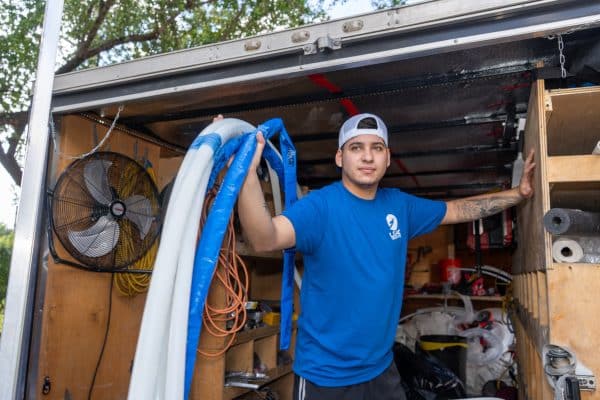In today’s fast-paced world, a malfunctioning washing machine can disrupt your daily routine. Waiting for a repair technician can be time-consuming and costly. But fear not, because with a little know-how, you can take matters into your own hands and fix common washing machine issues yourself. In this plumber’s guide, we’ll walk you through troubleshooting and repairing your washing machine step by step.
Assess the Problem: Washing Machine
The first step in fixing a washing machine is identifying the issue. Is it not spinning? Is water leaking? Does it refuse to start? Let’s break down the most common problems and how to diagnose them:
Washer Won’t Start
If your washing machine refuses to start, check if it’s properly plugged in and the power source is working. Also, make sure the door is securely closed, as some models won’t operate if the door isn’t latched correctly.
Water Not Filling: Washing Machine
When your machine doesn’t fill with water, inspect the water inlet valves for clogs or damage. Additionally, check the water supply to ensure it’s turned on.
Noisy Operation:
Unusual noises during the wash cycle could indicate a problem with the motor, drum, or bearings. Investigate the source of the noise to determine the necessary repairs.
DIY Repairs
Now that you’ve identified the issue, let’s delve into the DIY repairs you can undertake:
Cleaning the Lint Filter
A clogged lint filter can lead to poor drainage and a musty odor. Regularly clean it to keep your washing machine running smoothly.
Replacing the Belt
If your machine’s drum isn’t spinning, a worn-out or broken belt might be the culprit. Consult your manual for belt replacement instructions.
Fixing Leaks
Water leaks can be caused by damaged hoses or loose connections. Tighten connections and replace hoses if necessary to resolve this issue.
Safety First
Before attempting any repairs, remember to disconnect the power supply and turn off the water source to ensure your safety.
Advanced Troubleshooting
Dealing with Error Codes
Modern washing machines often display error codes. Consult your user manual to decode these messages and pinpoint the problem.
Replacing the Pump
A malfunctioning pump can result in drainage issues. If you’ve ruled out other causes, consider replacing the pump assembly.
Conclusion
With the guidance provided in this plumber’s guide, you can confidently tackle common washing machine problems and save time and money on professional repairs. Remember to always prioritize safety and consult your machine’s manual for specific instructions.


